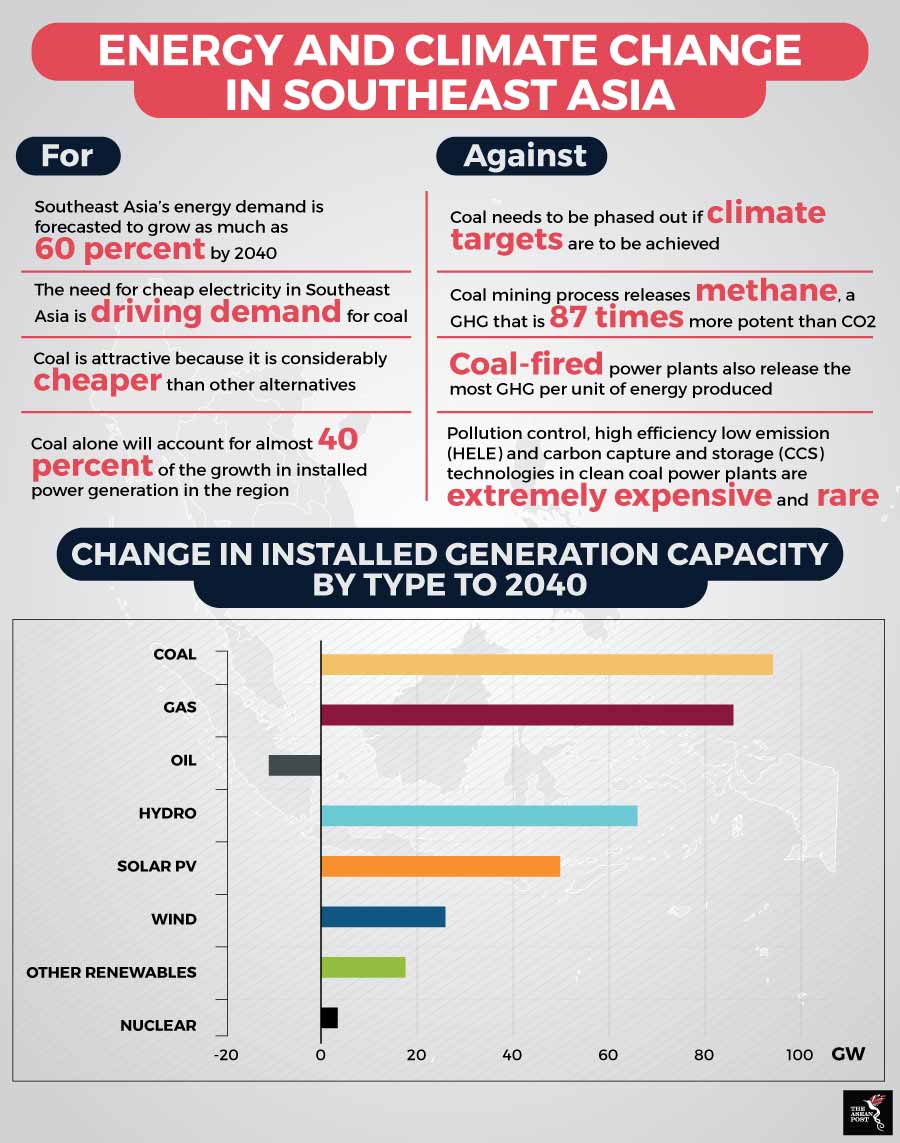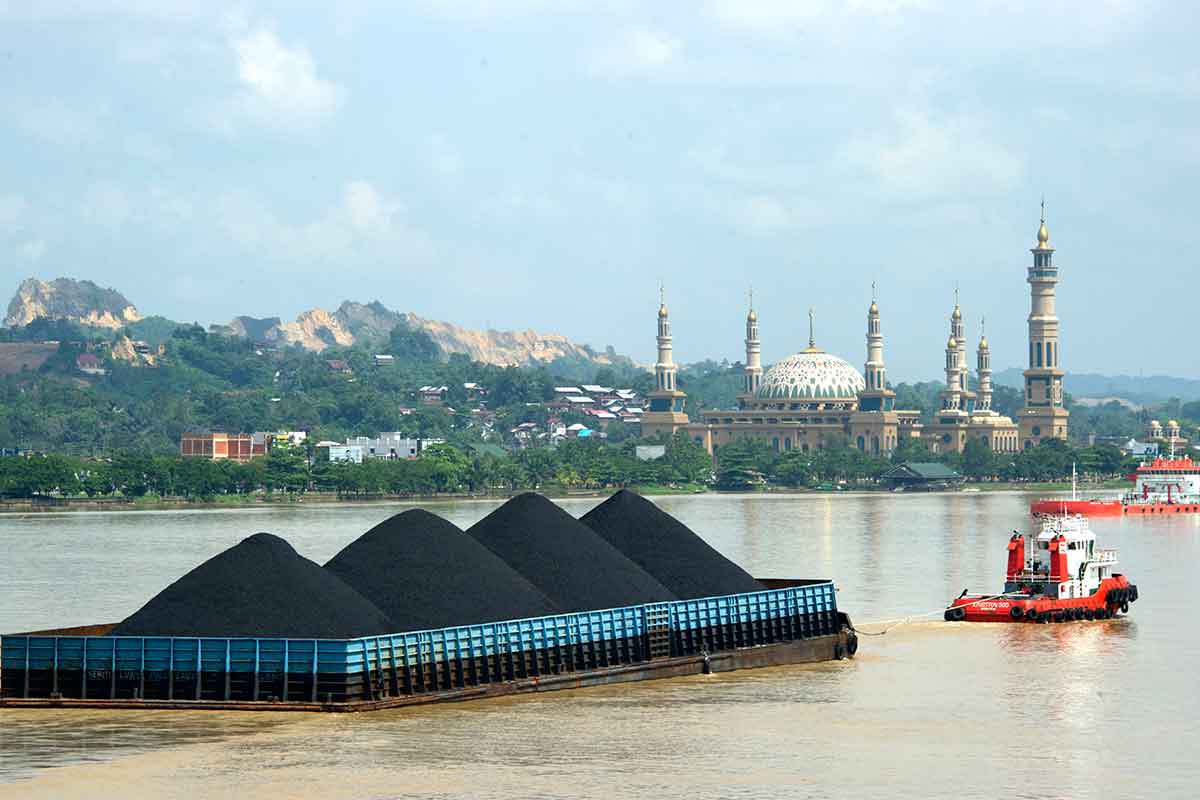While delegates from 200 countries come together to ramp up climate action and investors worldwide call for an end to banking on coal as part of the energy mix, the Trump administration followed through with its threat to host a fossil-fuel promotional side event at the United Nations Climate Summit (COP24), currently held in the Polish coal capital of Katowice.
Amidst protests and jeering from climate campaigners, only Poland and Australia were represented at the event intended to “showcase ways to use fossil fuels as cleanly and efficiently as possible”. Poland’s commitment to coal is solid, with 80 percent of its electricity generated by coal. The country’s coal reserves are projected to last for another 200 years. Australia, the fourth biggest coal producer after China, India and the United States (US), has coal contributing 31.5 percent to its energy mix.
According to Dan Lashof, Director of the World Resources Institute in the US, contrary to what the side event professed, the Trump administration is not interested in making fossil fuel powered energy clean. So far, the administration has proposed a roll back of measures to cut methane leaks from oil and gas operations, making it easier for companies to dump coal ash into drinking water. It has also proposed easing carbon pollution rules for new coal-fired power plants.
“It’s ludicrous for Trump officials to claim that they want to clean up fossil fuels, while dismantling standards that would do just that. The Environmental Protection Agency’s (EPA) own analysis found that Trump’s proposed replacement for the Clean Power Plan is so lax that it could cause up to 1,400 deaths per year. This sideshow in Poland would be laughable if the consequences of climate change weren’t so deadly serious,” said Lashof.
According to the Intergovernmental Panel on Climate Change’s (IPCC) Special Report on Global Warming of 1.5 degrees Celsius (SR15), for atmospheric temperature increase to remain below 1.5 degrees Celsius and in order to avoid the worst of climate impacts, the share of coal in global electricity generation in 2050 needs to be reduced to practically zero or zero to two percent of the existing level.

Source: Various sources.
Closer to home
While the rest of the world is busy phasing out coal powered energy in favour of greener, less carbon-intensive options, Southeast Asia is ramping up its coal plan, preparing for the fossil fuel to contribute 40 percent of the energy growth demand by 2040. While the numbers on the forecast report for economic growth look good, it comes at the expense of the region’s people. Many of whom together with those from neighbouring regions, are regarded as being most vulnerable to climate change impacts.
Indonesia snagged the top five seats on the ranking of the biggest coal producers in 2016, 80 percent of which is slotted for export. While it targets an ambitious 29 percent emission reduction, the country also plans to build 100 coal-fired power plants, while at the same time expanding palm oil production, most probably, at the expense of its forested areas. Indonesia produced 6.3 percent or 460 million tons (Mt) of the world’s coal in 2016. At COP24 in Katowice, Indonesia is one of the top five countries with the biggest number of delegates at 191.
Two other Southeast Asian countries, Malaysia and Thailand are in the top 10 biggest net importers of coal, together absorbing more than four percent of exported coal globally at 53 million tons.
Clean criteria for dirtiest fuel
While coal’s proponents often wave the term ‘clean coal’ about to support their continued consumption, its exact definition is hard to pin down. The ASEAN Clean Coal Technology (CCT) Handbook for Power Plants by the ASEAN Centre for Energy (ACE) stresses the implementation of CCT to curb the release of carbon dioxide (CO2), sulphur dioxide (SO2) and nitrogen oxide (NO) into the atmosphere.
However, in reality, CCT implementation in the region is extremely rare as pollution control, high efficiency low emission (HELE) and carbon capture and storage (CCS) technologies as utilised in supercritical (SC) and ultrasupercritical (USC) coal power plants is extremely expensive. Malaysia’s Manjung 4 and Manjung 5 USC power plants developed at a cost of approximately US$1.4 billion each remain ASEAN’s only completed USC coal power plants to date.
As a region, we are struggling to survive the shocks and slow-onset of a world that is one degree Celsius warmer. Can we really handle an increase of three to four degrees? At this point, Southeast Asia simply cannot afford the technologies needed to make coal clean. At the same time, we also cannot afford the cost of climate change as well as the loss of life that will accompany the continued use of coal.
Related articles:
Deciding on the Paris Rulebook at COP24
